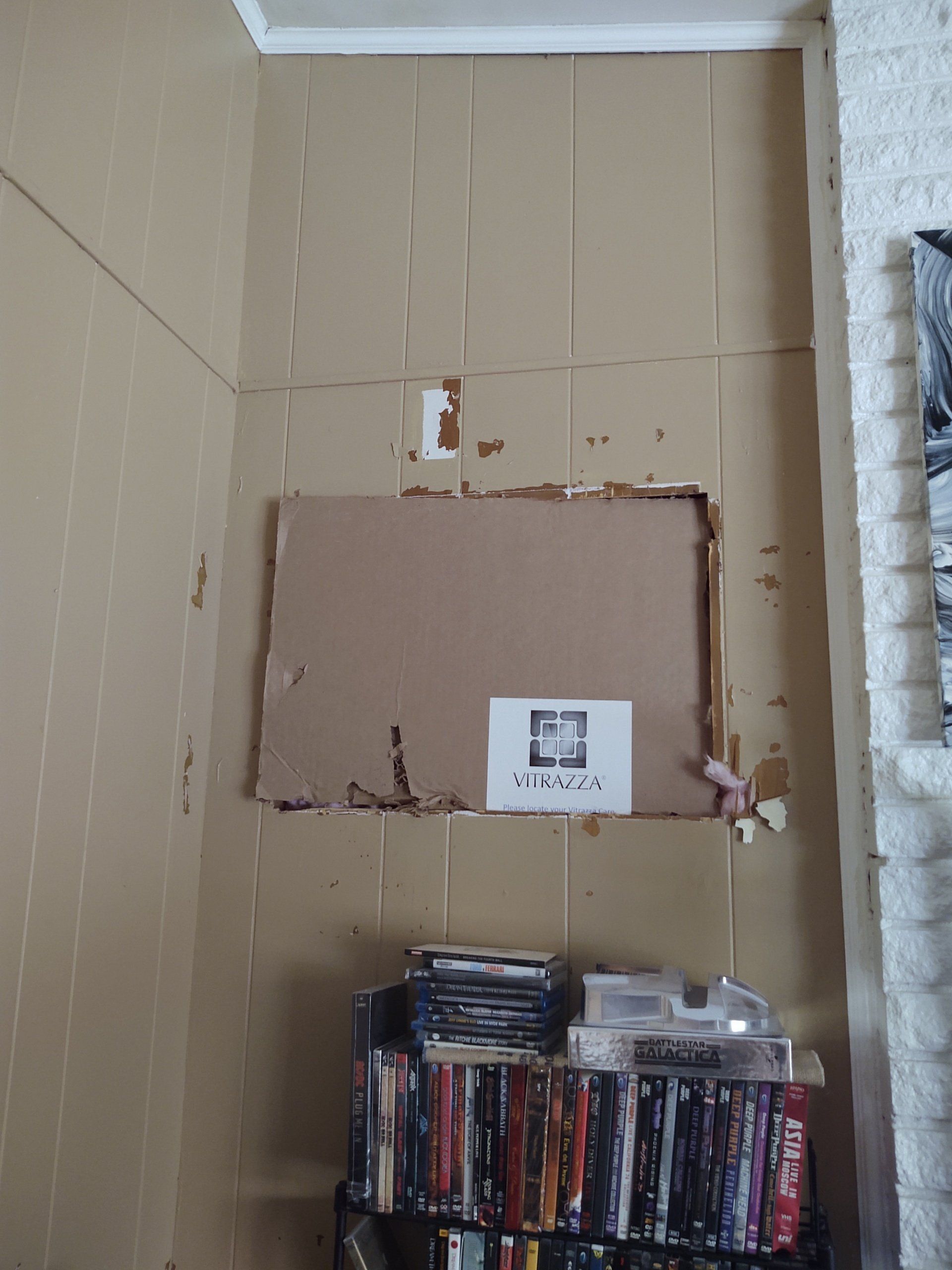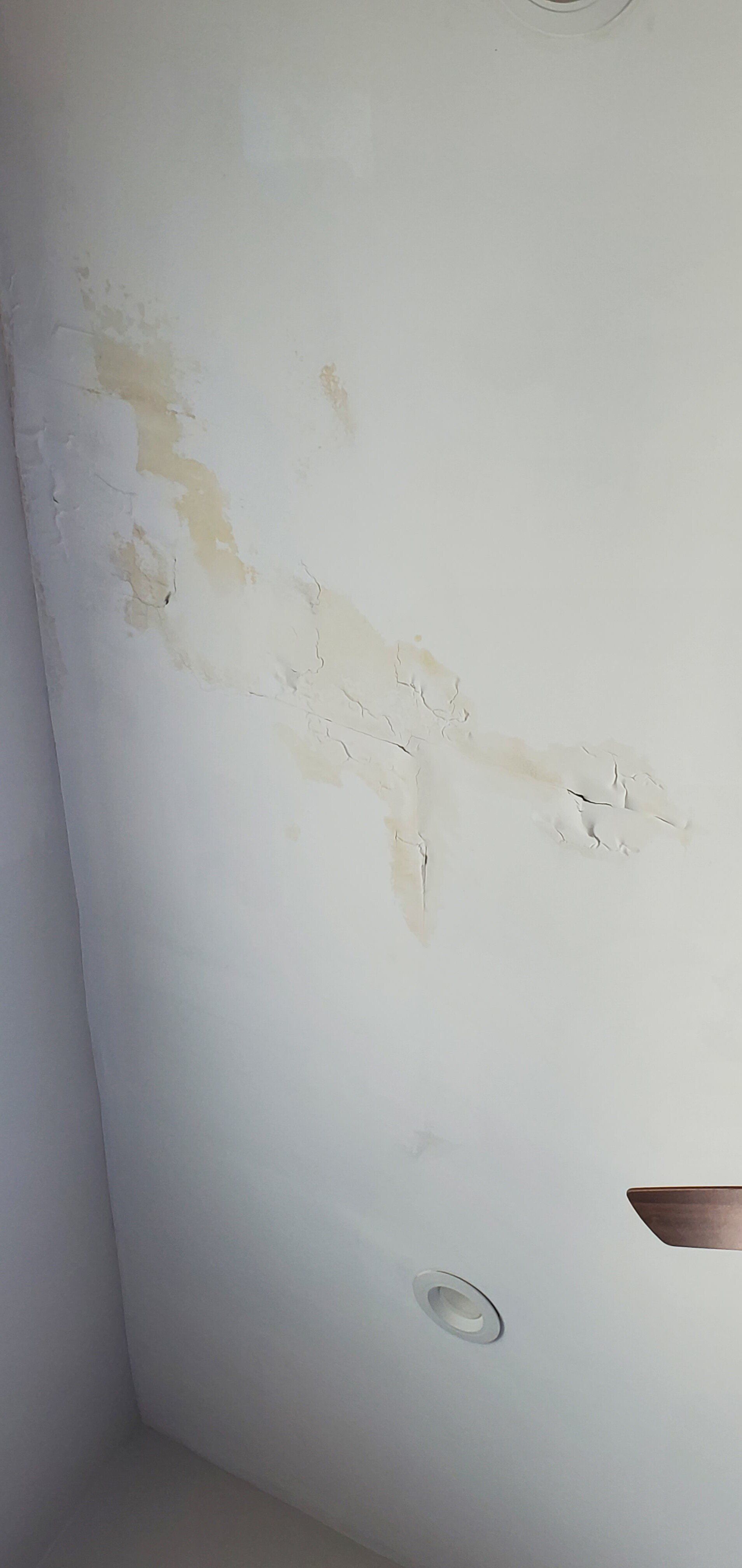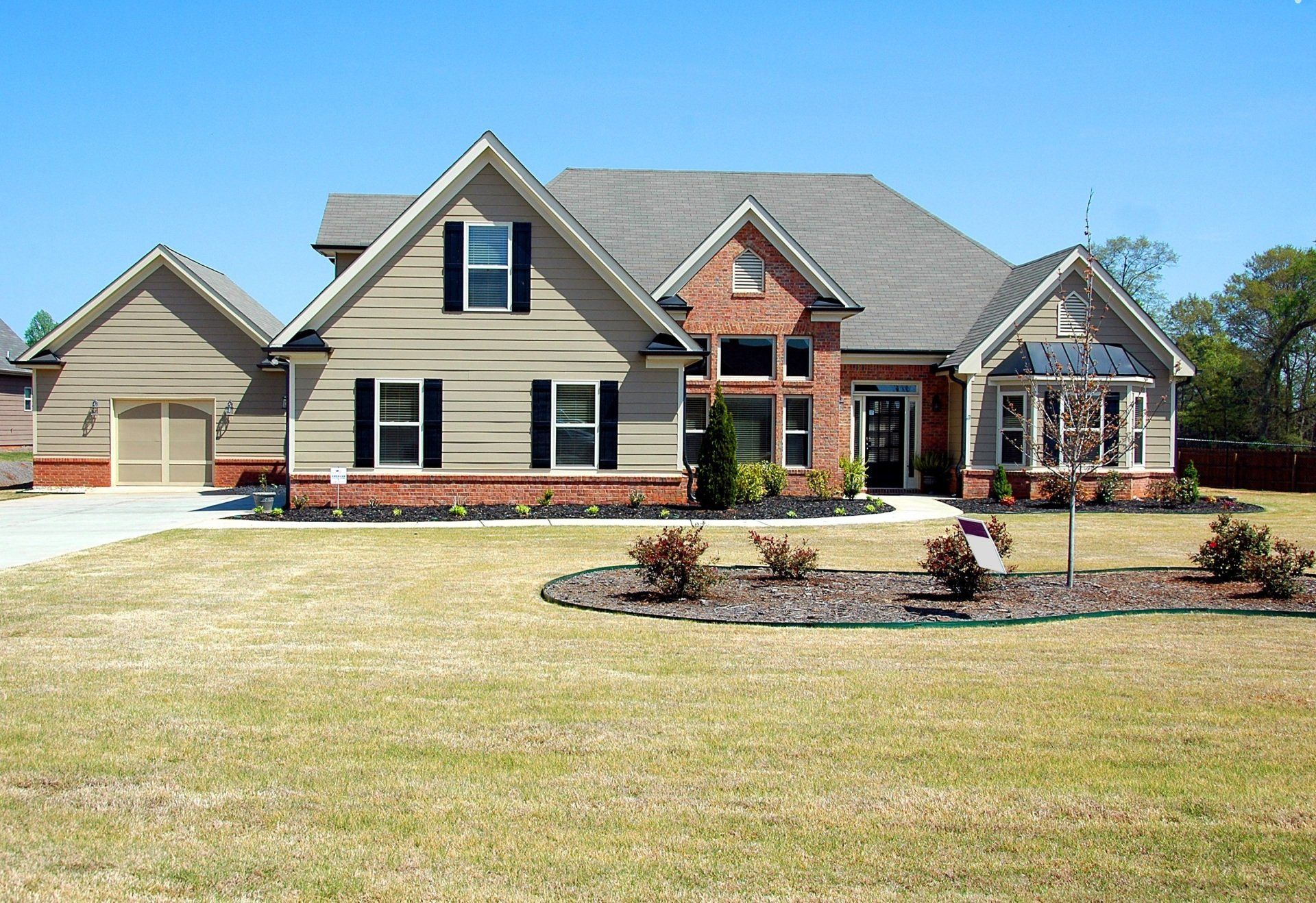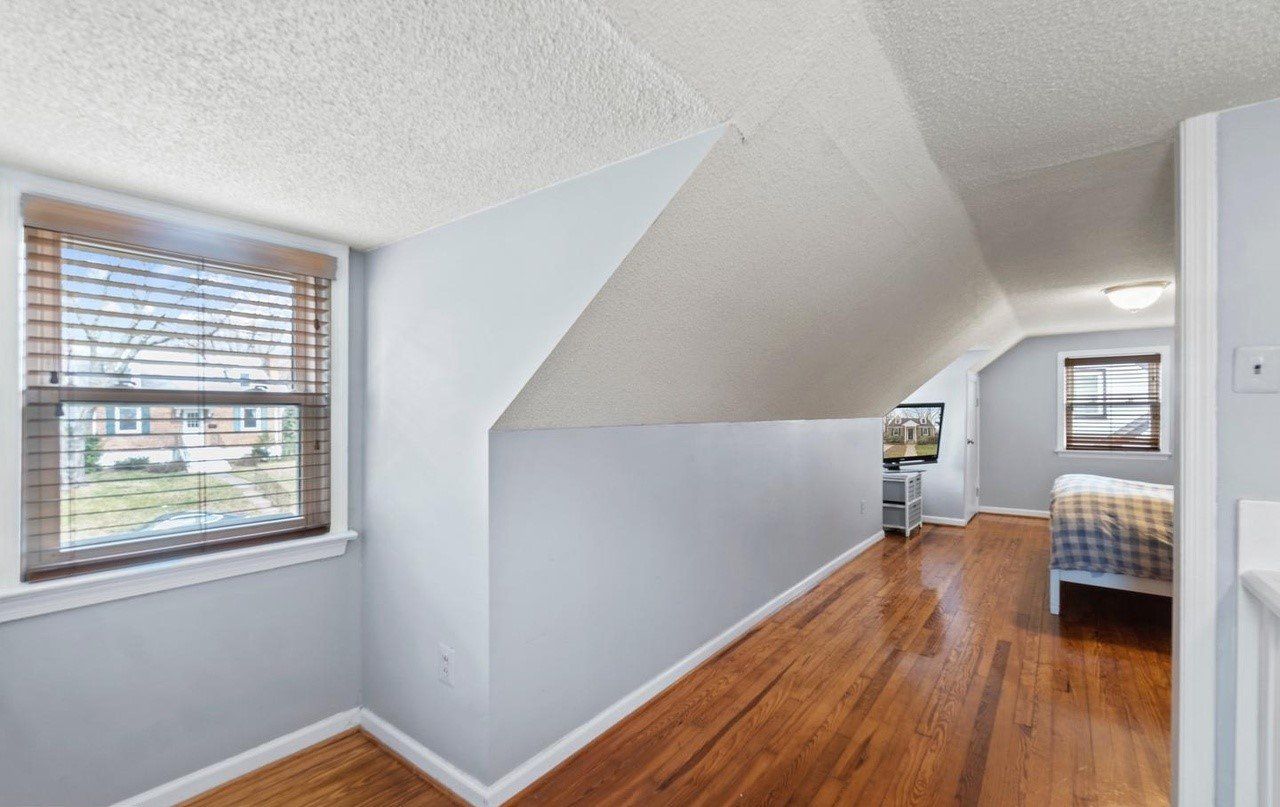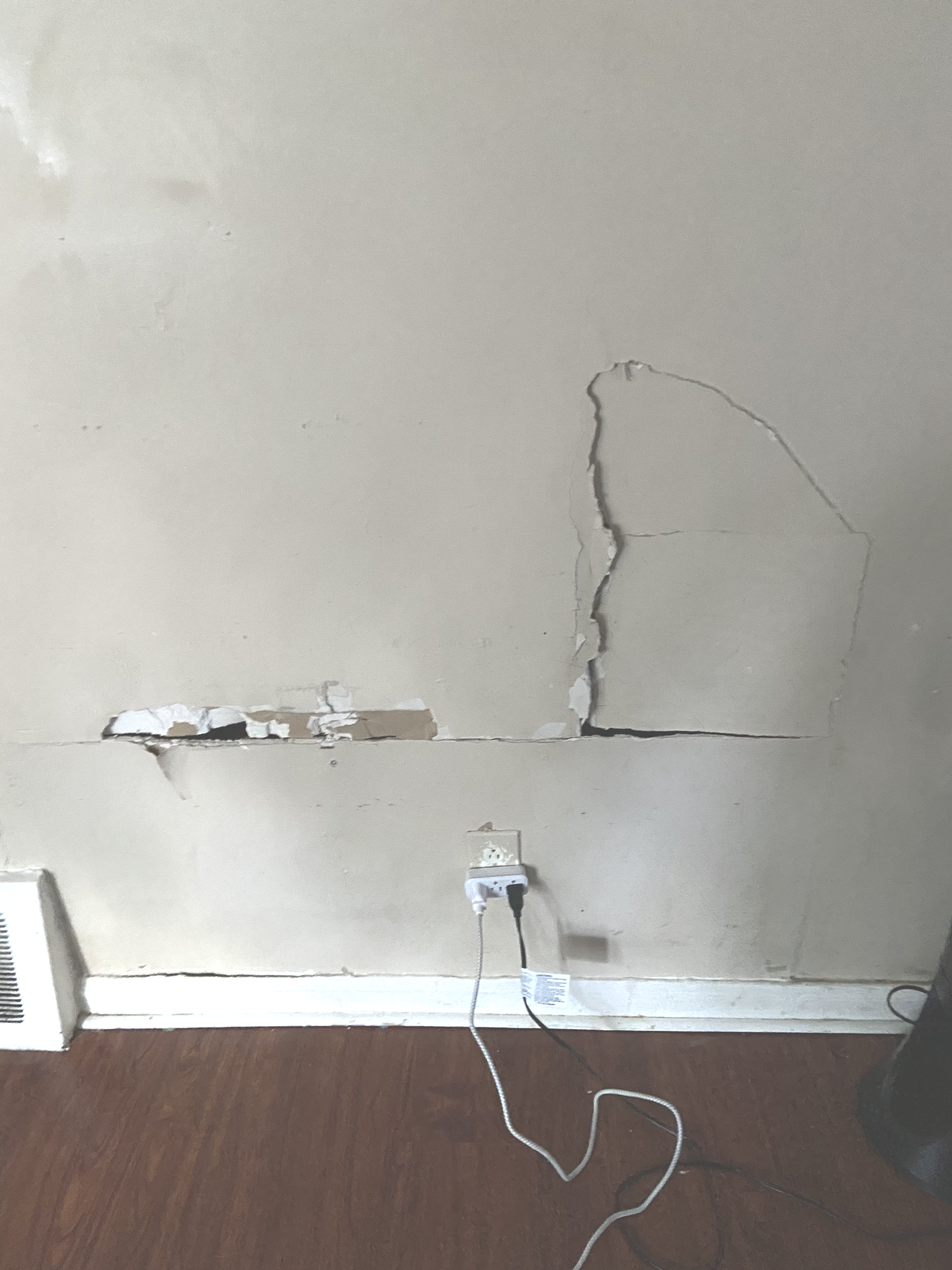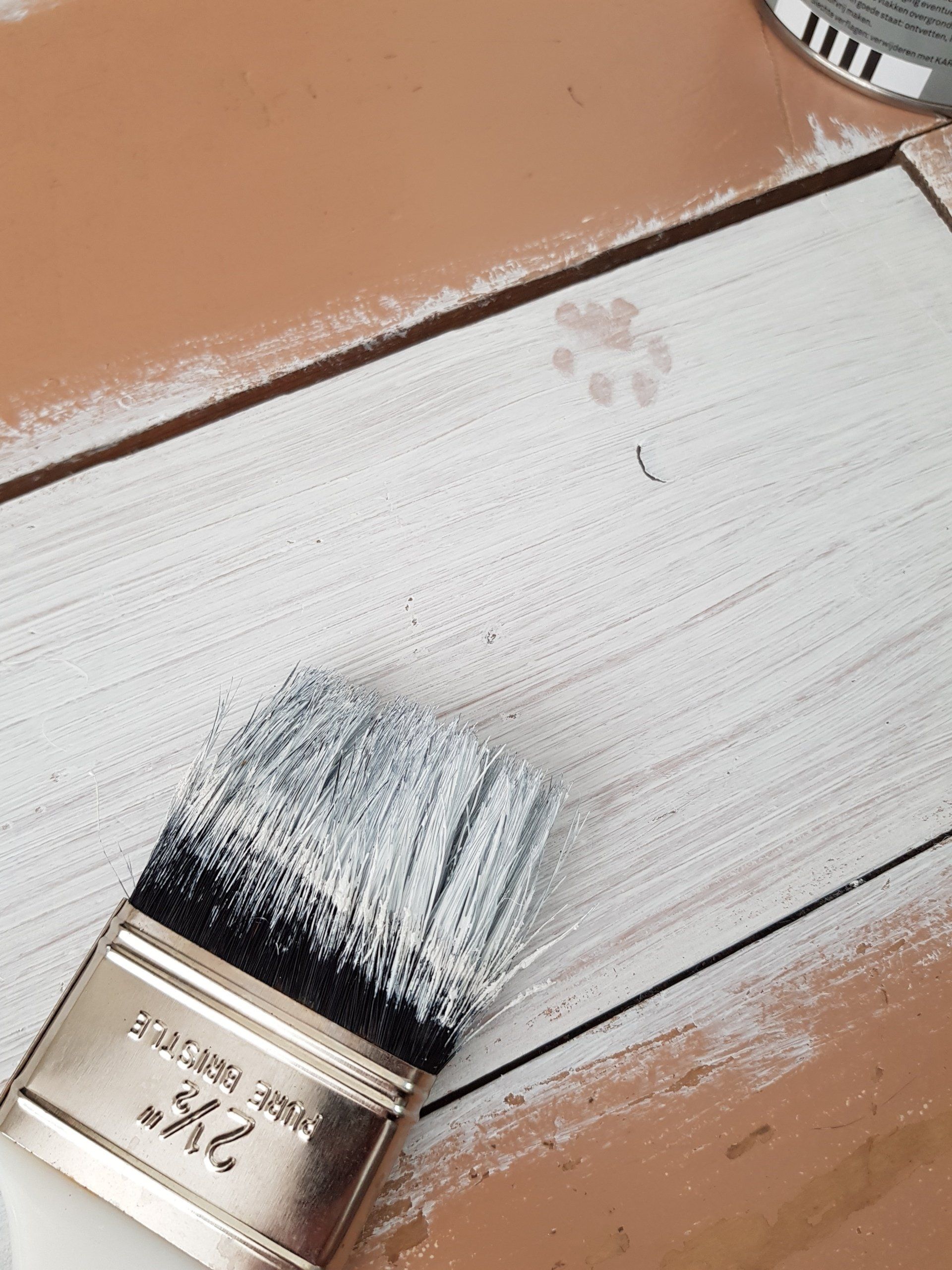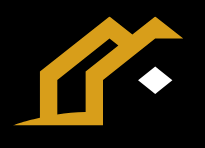Secrets of Smooth Walls: A Beginner's Guide to Drywall Taping
Mastering the Art of Wall Perfection: Essential Tips and Techniques for Drywall Taping and Repair
Drywall taping is an essential skill for homeowners, DIY enthusiasts, and professional contractors alike. This guide will take you through the intricacies of drywall taping, providing insights into achieving smooth and flawless walls. Whether you're tackling drywall repair in Fort Worth or embarking on a new project, understanding the use of drywall tape, mud, and joint compounds is crucial for a professional finish.
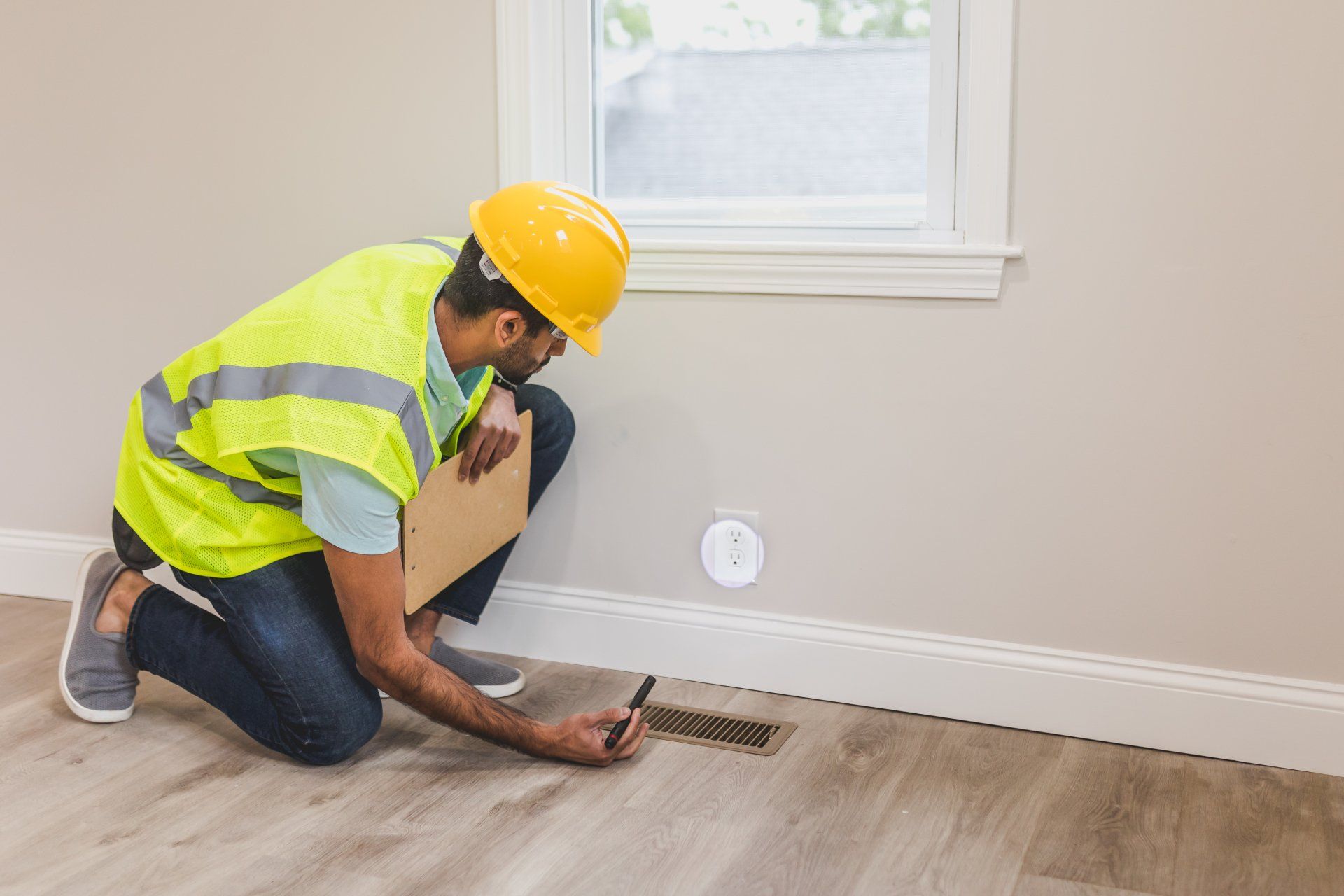
Understanding Drywall Taping Basics
1. The Role of a Drywall Contractor: A drywall contractor is a professional who specializes in the installation and repair of drywall. They are skilled in techniques like tape and bed, which involves applying joint tape and joint compound to seams between drywall sheets.
2. Drywall Tape: Drywall tape is used to cover seams between sheets of drywall. The best drywall tape ensures a smooth finish and prevents cracks. There are various types of drywall tape, including paper tape (drywall joint tape) and fiberglass mesh tape (drywall repair tape).
3. Drywall Mud and Joint Compound: Drywall mud (also known as joint compound) is used in conjunction with drywall tape to fill in gaps and create a smooth surface. Tape and joint compound work together to strengthen the bond between drywall sheets.
Step-by-Step Guide to Drywall Taping
1. Preparation: Before beginning, ensure the drywall is properly installed and secured.
2. Applying Drywall Mud: Apply a thin layer of drywall compound or joint compound over the seam where two drywall panels meet.
3. Applying the Tape:
Cut a piece of joint tape (drywall tape or drywall repair tape) to fit the seam. Press it into the wet mud, ensuring it's centered over the seam.
4. Smoothing the Tape: Use a drywall knife to gently press the tape into the compound, removing any air bubbles and excess mud.
5. Second Coat of Mud: Once the first layer is dry, apply a second coat of drywall mud over the tape. This layer should be wider than the first to blend the seam into the surrounding wall.
6. Sanding: After the mud is completely dry, sand the area smooth. Be careful not to sand too aggressively, as this can damage the tape.
Drywall Repair and Fort Worth Services
1. Drywall Repair: Drywall repair involves fixing holes, cracks, and other damages in existing drywall. Drywall repair tape is often used for these repairs, followed by a coat of joint compound.
2. Drywall Services in Fort Worth: In Fort Worth, many contractors offer specialized drywall services, including repair, installation, and finishing. They use various techniques, including tape and bed, to achieve professional results.
Advanced Techniques: Tape and Joint Compound
1. Tape and Bed: This technique involves applying joint tape and a bed of joint compound to drywall seams. It requires skill to ensure the tape is properly embedded in the compound.
2. Using the Best Drywall Tape:
Choosing the best drywall tape is crucial for durability and a smooth finish. Paper tape is commonly used for its strength and ease of application.
3. Mixing Drywall Compound: The consistency of the joint compound is key. It should be smooth and easy to spread for effective application.
Perfecting Your Technique: Advanced Drywall Taping Tips
Achieving Seamless Joints
1. Feathering the Edges: One of the secrets to invisible seams is feathering the edges of the joint compound. This means gradually thinning the compound out towards the edges, which helps blend the seam into the rest of the wall.
2. Multiple Thin Coats: Instead of one thick coat of drywall mud, apply multiple thin coats. This method reduces the risk of cracking and makes sanding easier, resulting in a smoother finish.
Avoiding Common Pitfalls
1. Avoid Over-Sanding: While sanding is crucial for a smooth finish, over-sanding can damage the drywall tape and the wall surface. Use a light touch and check your progress frequently.
2. Choosing the Right Tools: The right size taping knife can make a big difference. A 6-inch knife is ideal for applying tape, while a 10 to 12-inch knife works best for feathering and finishing coats.
Specialized Drywall Taping Techniques
1. Inside Corners: Taping inside corners require precision. Fold the drywall tape in half to fit into the angle and apply joint compound to each side one at a time, allowing one side to dry before doing the other.
2. Dealing with Ceiling Joints: Ceiling joints can be more challenging due to gravity. Use a thicker consistency of joint compound for ceilings to prevent the mud from sagging.
DIY Drywall Repair and Professional Services
DIY Drywall Repair Tips
1. Patching Small Holes: For small holes, use a drywall patch or make one from a scrap piece of drywall. Apply drywall compound over the patch, smooth it out, and then sand it once dry.
2. Fixing Larger Damages: Larger holes may require cutting out the damaged area and replacing it with a new piece of drywall. Secure the new piece with screws, tape the seams, and apply joint compound as described earlier.
Hiring Professional Drywall Services
1. When to Call a Professional: If you're dealing with significant damage, complex repairs, or want a guaranteed smooth finish, it's wise to hire a professional drywall contractor.
2. What to Expect from Drywall Services in Fort Worth: Professional services typically include a thorough assessment, high-quality materials, and skilled workmanship. They can handle everything from minor repairs to full-scale installations.
Wrapping Up: The Journey to Smooth Walls
Drywall taping is both an art and a science. It requires a blend of the right materials, tools, and techniques to achieve a flawless finish. By following the guidelines and tips outlined in this guide, you're well on your way to mastering the art of drywall taping. Remember, practice makes perfect, and with each project, your skills will improve. Whether you're a DIY enthusiast tackling a home project or considering professional drywall services in Fort Worth, the journey to smooth walls is a rewarding one.
Ready to work with Fort Worth Drywall Contractor Services?
Let's connect! We’re here to help.
Send us a message and we’ll be in touch.
Or give us a call today at 111-222-3333
